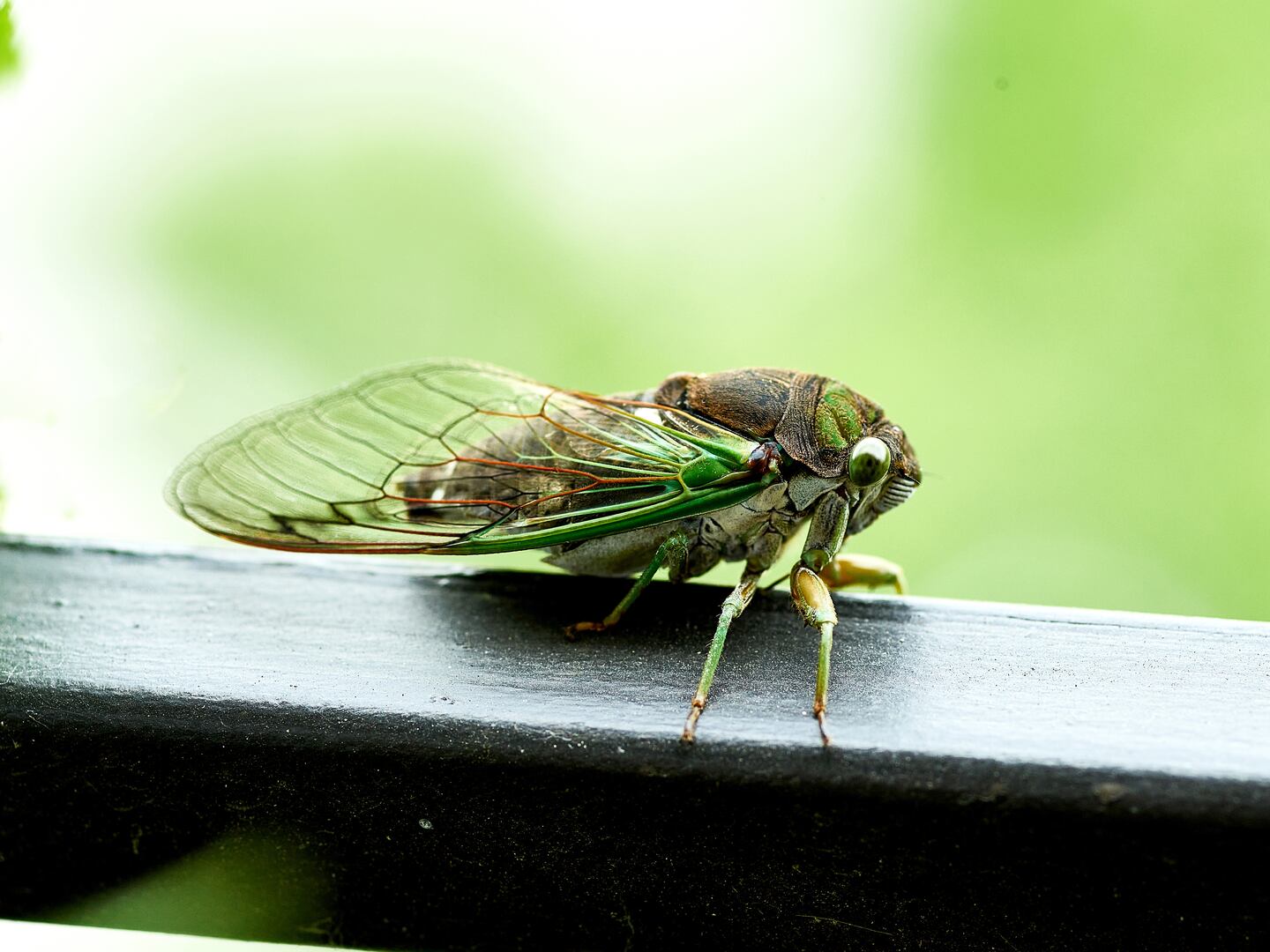More than a dozen states will once again hear the buzzes and clicks of cicadas this year.
It won’t be as bad as last spring, but the second-largest group of cicadas, known as Brood XIV will return from their 17-year slumber to mate, produce eggs and then die.
Hundreds of trillions emerged in 2024 when two broods converged. This year, there will be more than a trillion spread over more than a dozen states.
An exact date for when they crawl out of the ground isn’t known, but they will typically emerge in May and will be around until June.
They may even emerge in the third week of April in areas that get a “good rain,” Cicada Safari founder Gene Kritsky said.
The soil temperature at 6 inches below the surface must hit 64 degrees for them to wake up and come out of the ground.
Once the temperature is just right, you’ll see holes popping up all over the ground. Then the nymphs will crawl out and look to climb higher before the molt and the adult cicada will first come out of its exoskeleton, or exuviae, a white insect before turning black with red beady eyes.
Males will sing to attract a female who will lay her eggs, then will die, with her babies emerging 17 years later, starting the cycle all over again.
The “Great(er) Eastern Brood” as Brood XIV is also known as, will appear in parts of Georgia, Kentucky, Maryland, Massachusetts, New Jersey, New York, North Carolina, Ohio, Pennsylvania, South Carolina, Tennessee, Virginia and West Virginia, with Tennessee and Kentucky probably seeing the most.
Northern Georgia may see them start to emerge during the third week of April. Each week, the cicada emergence line will travel north, with the last group coming out in the second or third week of May in Massachusetts.
Other areas may also see cicadas, but they are not necessarily from Brood XIV. They could be stragglers from other broods or may not be periodical cicadas, meaning they are not on a 13- or 17-year cycle, instead, they are an annual or dog-day cicada that emerges in July and August. The annual cicada is green instead of the black coloring of periodical cicadas.
© 2025 Cox Media Group











